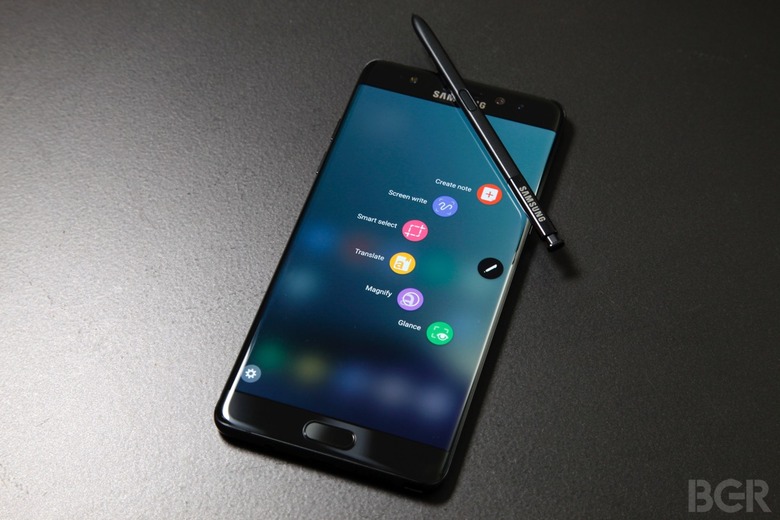Galaxy Note 7's Demise Explained: Bad Batteries And Worse Decisions
Samsung on Monday finally explained what went wrong with the batteries that went inside the Galaxy Note 7, turning the hugely popular phone into a fire hazard that had to be pulled merely two months after it was unveiled. A report last week said Samsung would blame the two distinct batteries it used in the phone, and that's what the company did. As strange as it may sound, two independent major battery issues were discovered with two distinct suppliers.
Samsung didn't specifically mention its battery suppliers in the press conference, referring to them as Battery A and Battery B. Battery A is believed to have been manufactured by Samsung SDI and used inside the Galaxy Note 7 until the phone's first recall. Battery B is probably made by Chinese company ATL, which provided battery packs for the Chinese version of the phone before the first recall, and for all phones before the second and final recall.
Samsung built an advanced battery testing facility for the Galaxy Note 7 investigation, employing 700 engineers who tested 200,000 fully functional phones and 30,000 batteries. It also collaborated with three separate entities to investigate the battery explosions, including UL, Exponent, and TUV Rheinland.
In Battery A, Samsung found a design flaw related to the battery's shape and internal component placements. It looks like the negative and positive electrodes were placed abnormally near the battery's curvature, causing improper touching. This resulted in short circuits, overheating, and battery fires.
In Battery B, Samsung discovered that improper insulation r the absence thereof generated other short circuits and explosions.
Samsung explained during the press conference that it found no irregularities with phone features that may have "helped" the battery overheat. The company looked at the iris scanner, the USB-C port, and waterproofing features and discovered no faults.
Reports from third-parties found similar results.
Samsung did put the blame solely on batteries for the Galaxy Note 7's fate. But it also indirectly indicated that the phone's overall design, rushed production decisions, and quality assurance carelessness had an adverse impact on the phone.
"To produce an innovative Galaxy Note 7, we set the goals on battery specifications," Samsung's mobile chief D. J. Koh, said on Monday, The New York Times reports. "We now feel a painful responsibility for failing to test and confirm that there were problems in the design and manufacturing of batteries before we put the product out to the market."
Samsung also announced that it's taking numerous steps to prevent similar issues in the future.
The company also released an infographic to explain its battery findings:

